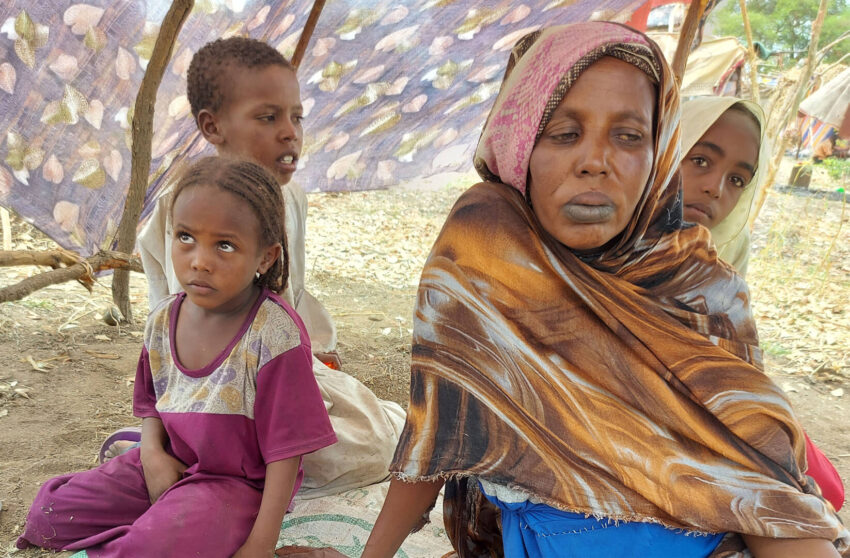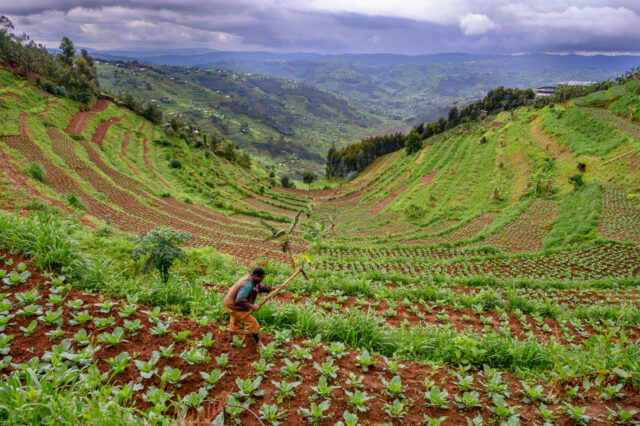Conflict, violence, persecution, and instability have forced millions of people around the world to flee their communities in search of safety. As of mid-2023, 110 million people — more than 1 in 73 globally — faced forced displacement.
Below, read about some of the countries most affected by forced displacement, and learn how World Vision is responding to support refugees worldwide.
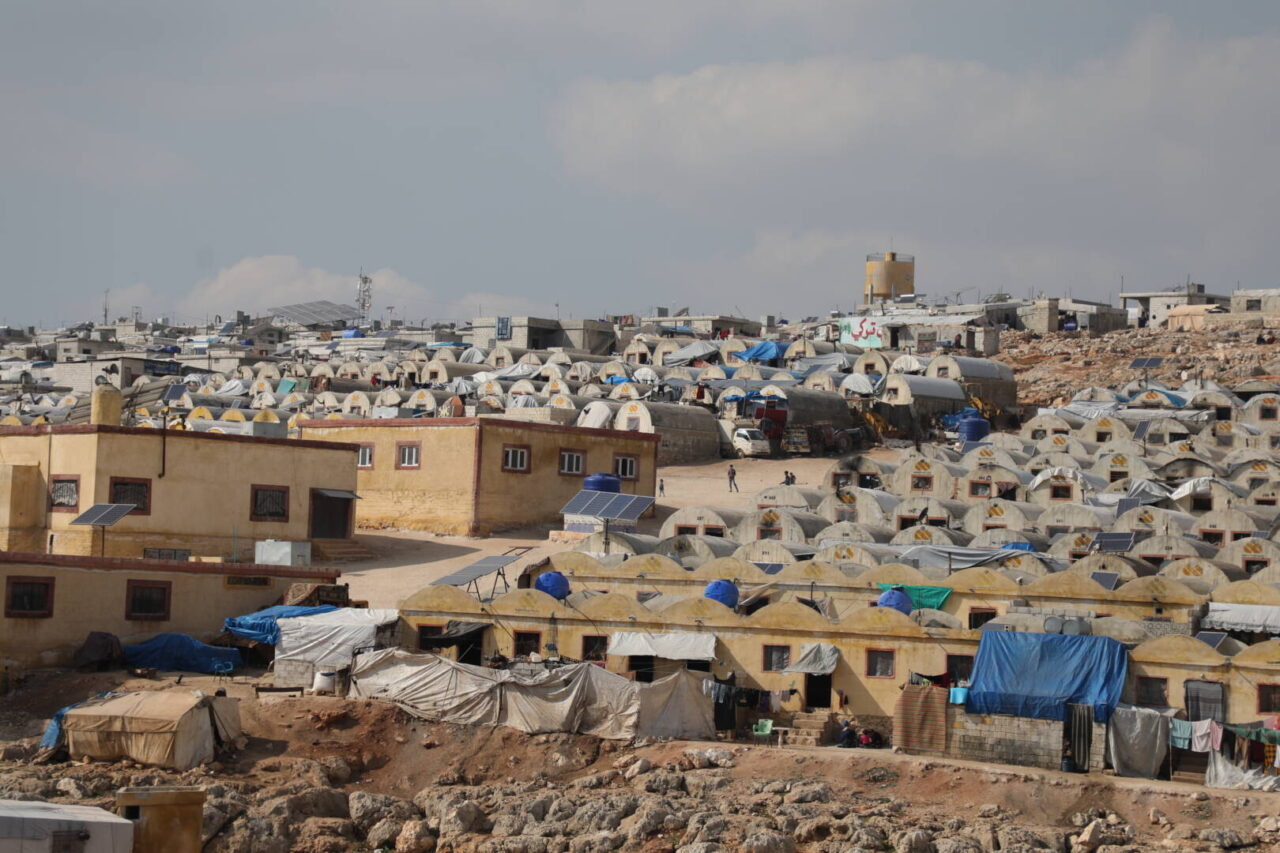
Syria — 6.5 million refugees
Since 2011, the conflict in Syria has driven millions from their homes, with the majority seeking refuge in the Middle East. Turkey (officially the Republic of Türkiye) hosts the largest number of Syrian refugees, while others have sought safety in Lebanon, Jordan, and Iraq. Within Syria, about 6.8 million people are displaced, and an estimated 16.7 million will require humanitarian assistance in 2024, according to the United Nations.
Since the conflict began in 2011, World Vision has supported more than 7.5 million children in the region. Our ongoing efforts in 2023 reached over 2.8 million people, prioritizing the well-being of children and families. After the devastating February 6, 2023, earthquake, we launched more than 50 projects, including healthcare services, health and nutrition assistance, education programs, and psychological support sessions in schools, in partnership with local organizations. These critical efforts supported more than 1.8 million people.
Afghanistan — 6.1 million refugees
Afghanistan is home to one of the largest long-term refugee situations in the world, with Pakistan hosting over 1.3 million Afghans, including some second- or third-generation refugees. Increased violence and instability in Afghanistan since the 2021 transition of power have led to a new surge of asylum-seekers.
World Vision serves children and families in over 3,000 villages in the northwestern provinces of Badghis, Faryab, Ghor, and Herat. Through partnerships with local community leaders in Afghanistan, we’ve implemented programs to address crises and equip these impacted communities to create positive, sustainable change. In 2023, we reached over 2.8 million people with food and nutrition assistance, healthcare, child protection, and access to clean water, improved sanitation, and hygiene support.
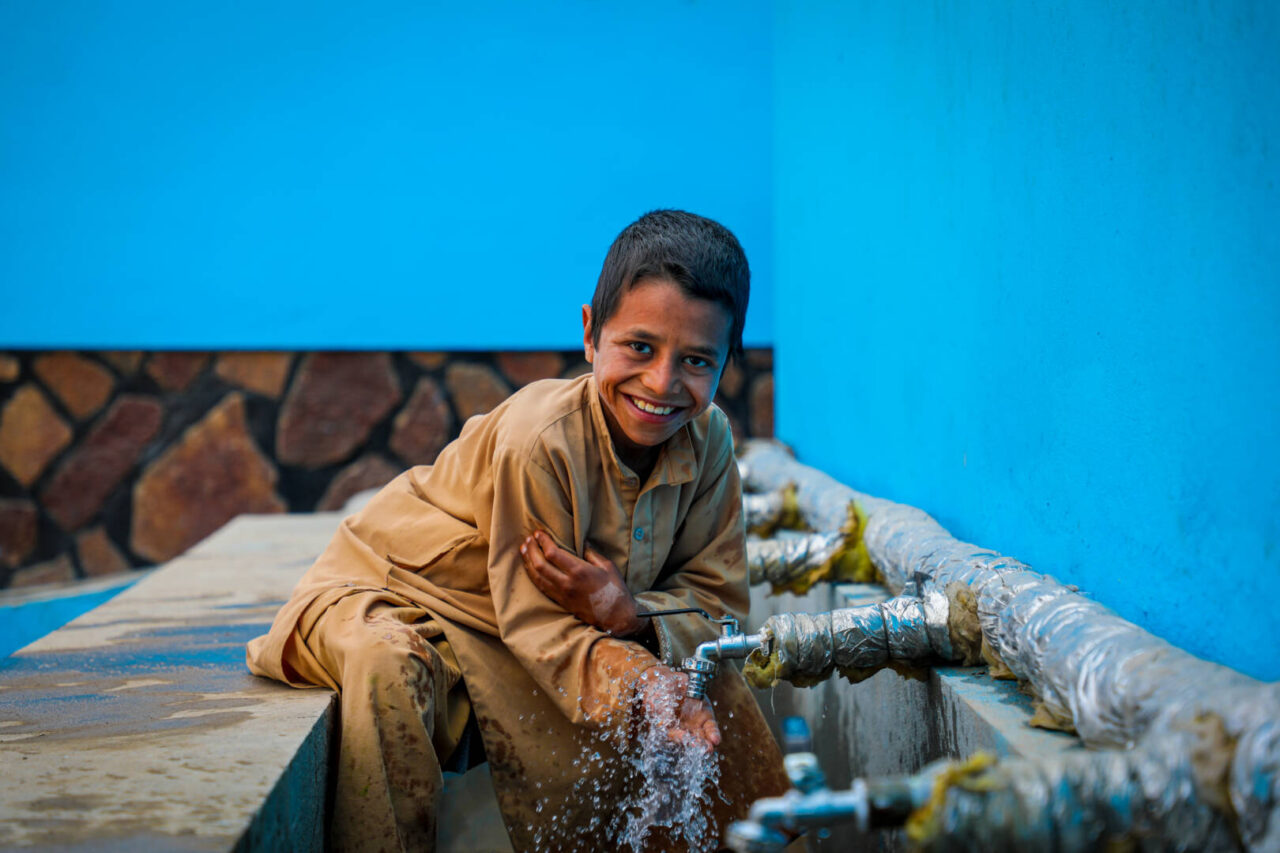
Ukraine — 5.9 million refugees
The conflict in Ukraine, ongoing since February 2022, has uprooted children, families, and entire communities. While the number of displaced people decreased to 11 million by mid-2023, more than a quarter of Ukraine’s population remains displaced, enduring uncertainty and hardship amid volatile conditions.
World Vision has been responding since the first week of the crisis. In immediate response, our staff in the region aided refugees who had crossed the Romanian border, offering essentials such as food, shelter, cash assistance, and protection against trafficking. In our ongoing response, we’ve partnered with churches and organizations to support displaced families in Romania, Moldova, Georgia, and Ukraine, along with their host communities. As of December 31, 2023, our staff have supported over 1.6 million people across the region with essential resources such as emergency food assistance, hygiene kits, child protection programs, and much more.
Our efforts in the region have expanded to focus on long-term support, including psychosocial assistance and educational programs tailored to the needs of affected children and families.
Venezuela — 5.6 million refugees
Years of economic and political instability in Venezuela have forced millions of Venezuelans to leave the country since 2014. They’ve migrated to seek food, work, and a better life, most of them to nearby countries. Many Venezuelans on the move lack legal status and need international protection and aid, according to the UNHCR.
World Vision is committed to supporting people affected by the Venezuela crisis through food and nutritional assistance, access to clean water, and critical health and education services in Bolivia, Brazil, Chile, Colombia, Ecuador, Panama, and Peru. In Venezuela, we’re working with local partner organizations to equip families to improve their children’s lives. From 2019 to December 2023, we reached over 2 million people through our programs focused on child protection, education, food security, livelihoods, and more.
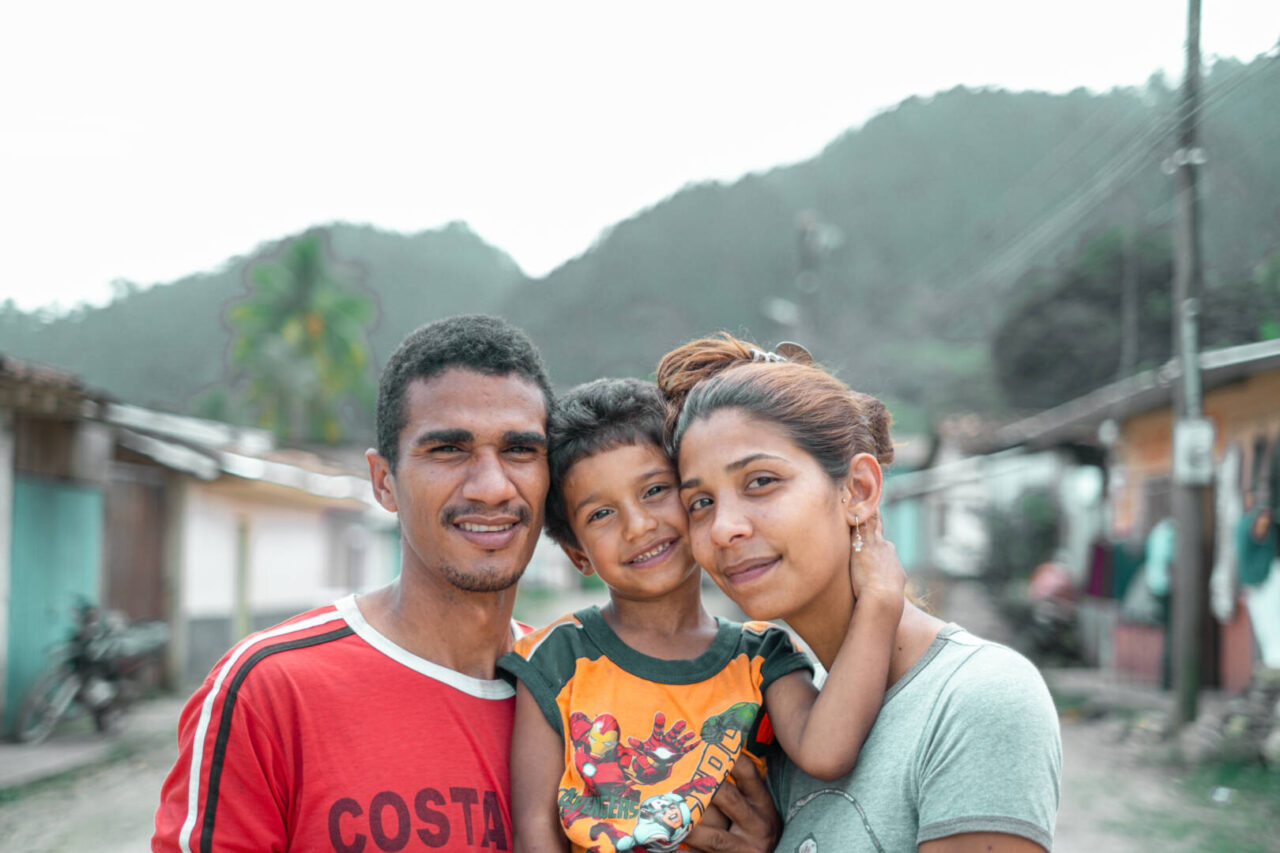
South Sudan — 2.2 million refugees
Ongoing conflict and natural disasters in South Sudan have caused one of the largest refugee crises in Africa — a situation that has continued to deteriorate in the face of rising costs and the crisis in neighboring Sudan. These factors have resulted in heightened levels of food insecurity, malnutrition, and displacement. Since the April 2023 escalation of conflict in Sudan, there has been an influx of people into South Sudan, most of them returning South Sudanese refugees.
With the onset of the rainy season, the humanitarian community anticipates challenges in delivering aid to affected communities due to poor road conditions and potential flooding of the Nile River.
Despite these obstacles, World Vision continues to support families in South Sudan with essential resources. In 2023, we served more than 3.2 million people, including 1.3 million children, with vital aid nationwide, including emergency food aid; health and nutrition support; access to clean water, improved sanitation, and hygiene behavior change support; and educational initiatives.
Myanmar – 1.3 million refugees
In Myanmar, ongoing armed violence and natural disasters, including severe monsoons, have led to widespread displacement, property damage, and heightened humanitarian needs. With over 2.1 million people internally displaced, the situation is dire. Frequent power outages, rising prices, and inflation exacerbate the crisis. World Vision is actively responding to this humanitarian crisis in more than 40 townships, with plans to reach approximately 3 million people impacted by the turmoil.
For many years, but especially since 2017, people belonging to the Rohingya ethnic minority have fled Myanmar due to violence, persecution, and human rights violations, most of them crossing the border into neighboring Bangladesh. World Vision has been delivering vital assistance in Bangladesh to alleviate the Rohingya crisis since it began. From 2017 to 2022, we have supported 584,700 people living in overcrowded camps in Cox’s Bazar with essential aid, including food, clean water, sanitation facilities, shelter, and more.
Sudan — 1 million
Since conflict intensified on April 15, 2023, Sudan has experienced one of the most rapidly evolving crises globally, with unprecedented humanitarian needs arising within a remarkably short timeframe, according to the United Nations Office for the Coordination of Humanitarian Affairs (OCHA). This conflict has resulted in the loss of thousands of lives and the displacement of over 8 million individuals, including nearly 4 million children, making it the largest child displacement crisis in the world.
As violence intensifies and displacement spreads throughout Sudan and neighboring countries, food insecurity in the region has reached critical levels. Even before the recent escalation in hostilities, roughly one-third of Sudan’s population faced daily food insecurity. Due to the ongoing conflict, one in every two individuals now requires humanitarian assistance.
One of the largest humanitarian aid organizations active in the country, World Vision has served children, families, and communities in Sudan from 1983 to 1988 and from 2004 onwards. Since October 2022, we have reached more than 1.5 million people, the majority of them women and children, with essential aid, including food; access to clean water; and child protection, health and nutrition, and sanitation and hygiene programs.
